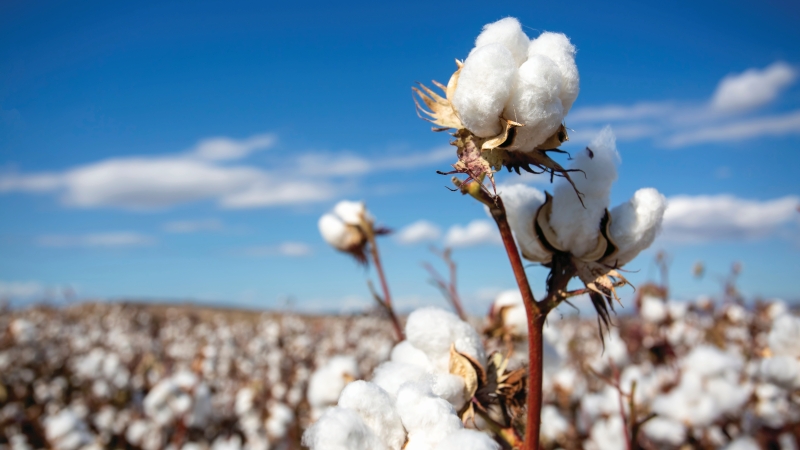Plant Growth Regulators Essential to Today’s Cotton Production
With advances in plant breeding, cotton growers today have outstanding varieties with amazing yield potential. And growers are relying more and more on plant growth regulators (PGR) to help maximize each plant’s production through the season.
And due to factors like increased seeding and nitrogen rates, Tyson Raper, University of Tennessee Extension Cotton Specialist, notes the need for very aggressive use of PGRs in recent years.
“We’re definitely seeing an increased need for plant growth regulators,” he says. “A good number of those high–yield varieties have a very, very strong terminal with the ability to compensate for stress and rebound after stress has occurred. That in itself is going to cause us to have to apply more PGRs.”
Start PGR Applications Earlier
Knowing that seeding and fertility decisions have already been made, Raper says that growers should look at shifting that first PGR application earlier in the season prior to flowering.
“If a grower is telling me that he’s having to apply PGRs almost weekly after peak flowering to regulate growth, it’s probably because we didn’t start those applications early enough in the season — especially on very aggressive acres or on varieties that are not very responsive to Pix,” he explains.
“We get more bang for our buck when we make those applications earlier. When that plant is smaller, the response is going to be greater, and that’s the best way to get things started.”
For aggressive varieties, especially on rich, strong ground, Raper suggests starting with a 4.2% mepiquat chloride product application at roughly one ounce per node. Eight, 12, or 16 ounces of product in that timing may be appropriate depending on how aggressive growth could potentially be on that acre. The goal is to begin to regulate some of the vegetative growth before first flower.
“With a maximum per acre label rate for cotton of 48 ounces for a 4.2% product, we’ll have to move applications earlier to stay within that label,” he says.
Watch the Plant Carefully
After first application, Raper says to watch the uppermost five nodes, particularly the internode between the fourth and fifth node. When that internode begins to stretch, it’s time for the next shot of PGR.
“After flowering, I’m probably going to treat with 12-to-16 ounces,” he explains. “Then two to three weeks later, I’m going to keep watching the internode and finish up with between 16 and 24 ounces. Those three timings should get most of our growth under control.”
Under dry conditions, however, vegetative growth may not indicate that a PGR is needed. In those situations, Raper says the pre-flower application may be omitted.
“If you allow the plant to communicate with you when and how aggressive you need to apply, that’s going to be the best approach for effective results and the fewest number of issues,” he adds.
Forget the Calendar
Raper strongly emphasizes that blanket PGR applications made on a calendar basis should be avoided, regardless of plant condition.
“Breeders have given us some excellent germplasm, and its response to PGRs is as great as it’s ever been,” he says. “We have some varieties that are very, very strong, and we have some that are very, very responsive. When you have those two extremes and just trigger 12 ounces of PGR across the board prior to flower, you’re going to likely be unhappy.
“That’s the scenario where you could actually see some penalties associated with improper management of the plant growth.”









